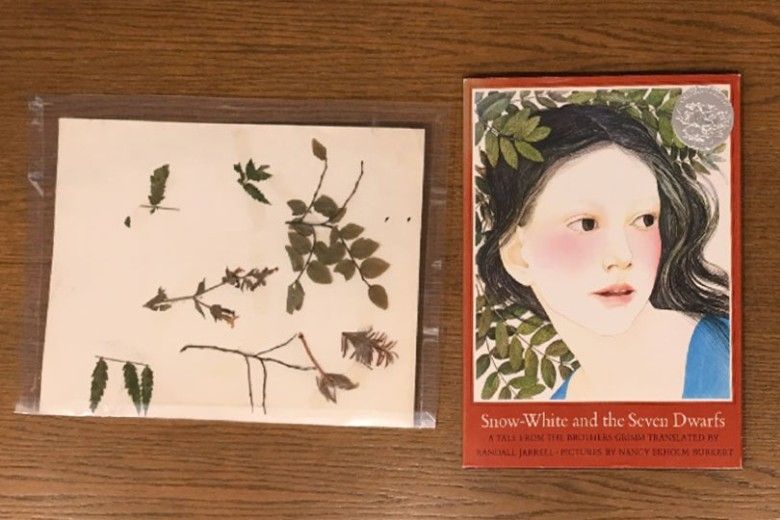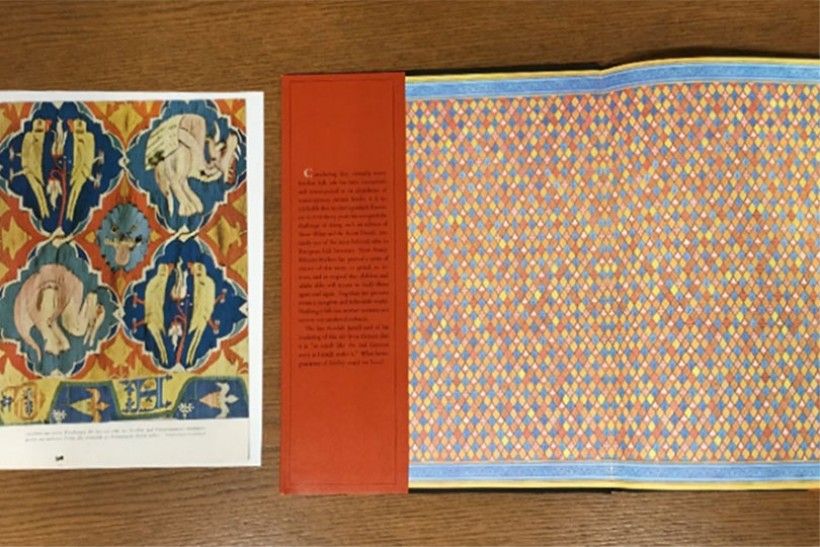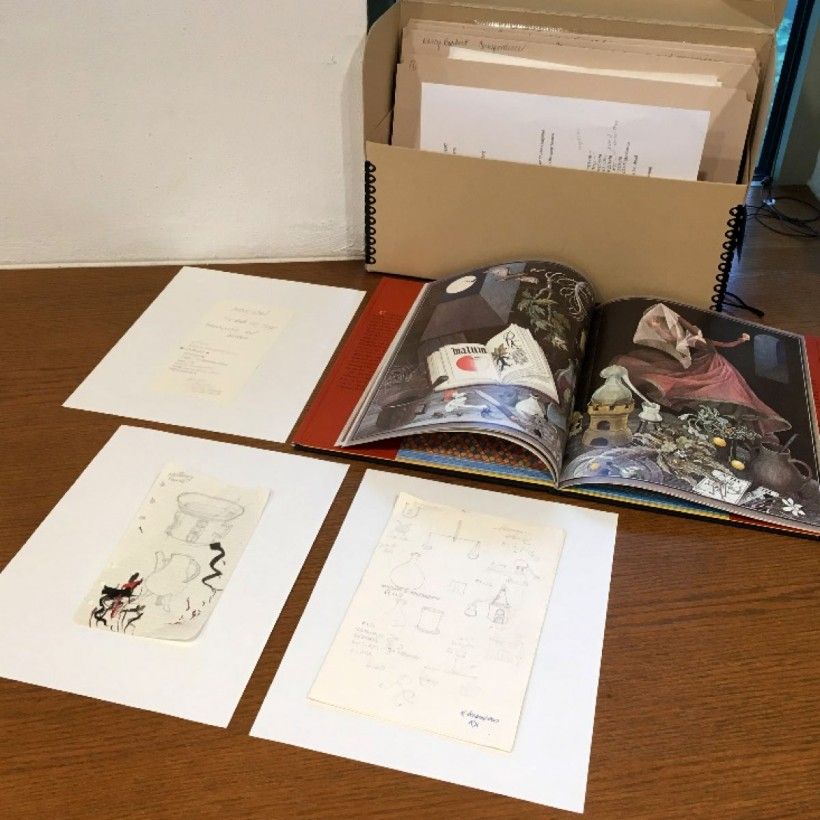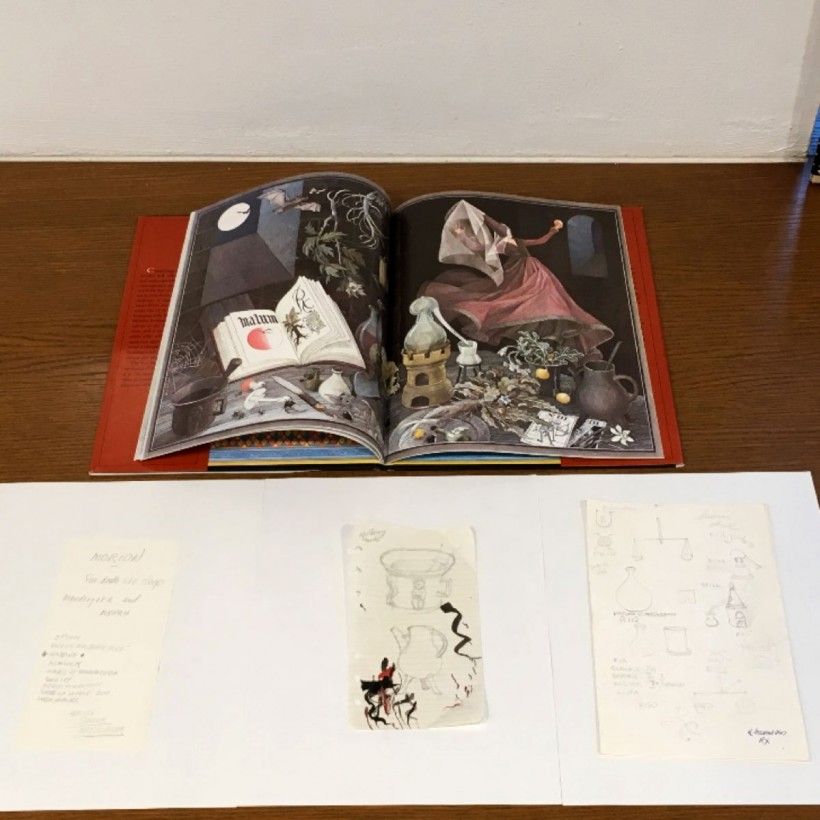The Making of Caldecott Honor-Winning Children's Book

I’m Brianna Cronin, an intern in the Brandywine River Museum’s Research Center. One of the projects I’ve worked on this summer included going through the Museum’s collection of materials from the American illustrator, Nancy Burkert. I examined, housed and organized the materials before drafting a finding aid for the Nancy E. Burkert Collection at the Walter & Leonore Annenberg Research Center, which is onsite at the Museum.

I’ve learned through this project that Nancy Burkert has an ability to create such a realistic environment because of her thorough research. The notes and materials are like clues to be found in her final, and remarkable, illustrations.


Top Image: Cover of the book, Snow White (right), with botanical specimens gathered by Burkert presumably from her trip to Europe (left). There is an uncanny resemblance between the specimen and the final cover.
Image 1: This image shows a museum pamphlet from Burkert’s trip to Europe (left) next to the inside cover of the published book, Snow White and the Seven Dwarfs (1972) (right). The artist’s page design was clearly inspired by the medieval textile depicted in the pamphlet.
Image 2: Examples of the artist’s sketches and notes, the final book, open to the illustration “…And There She Made a Poisoned Apple,” with archival storage box in the background. Several of the objects in the Burkert’s sketches are found in the final illustration. In addition, references to the plant life she depicted in the book drawing are found in her hand-written notes detailing different herbs that altered consciousness.
Image 3: Similar to image two, minus archival box in background. A more direct shot of the sketches in notes in comparison to the published illustration.